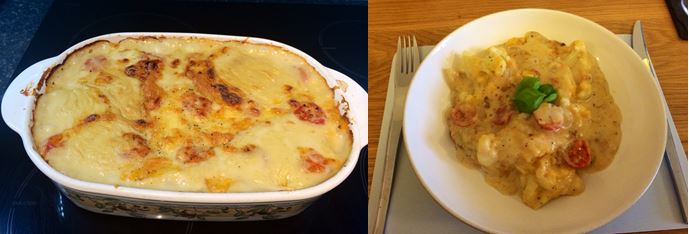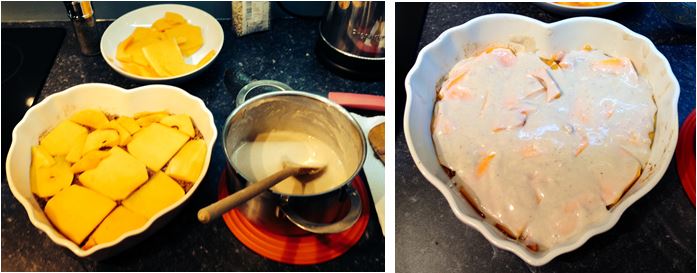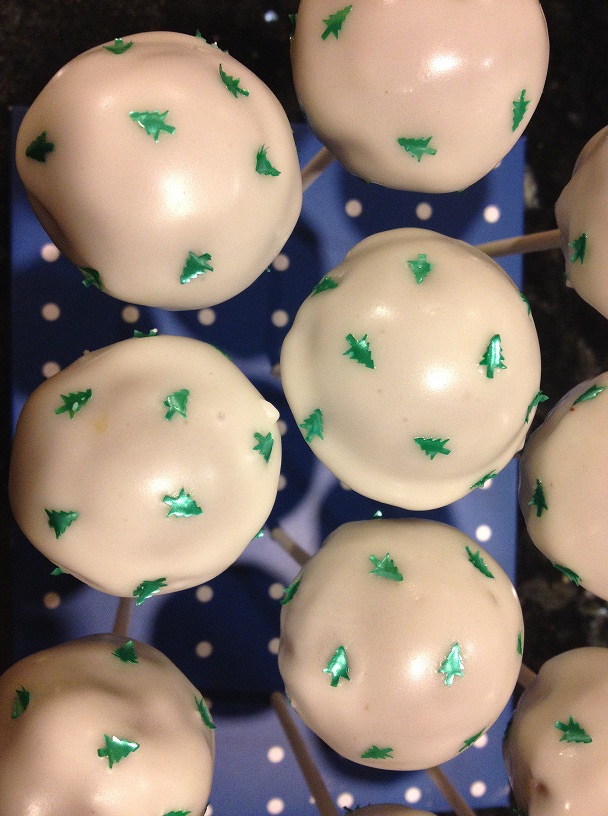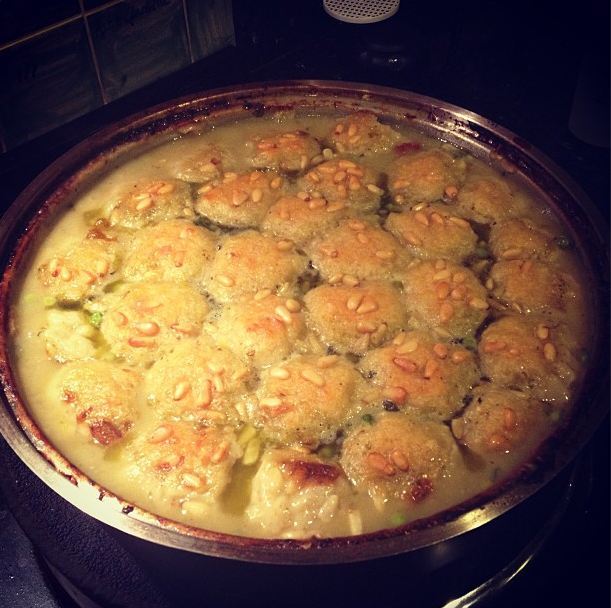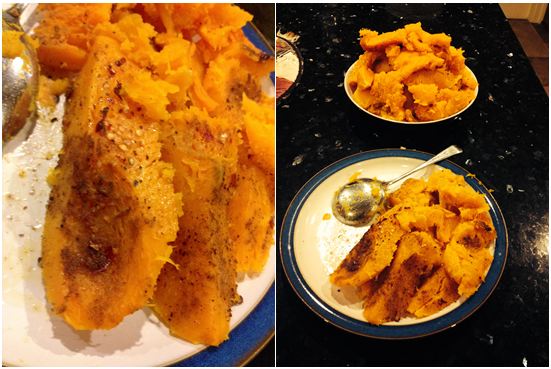I say this about a lot of things, but I do really love gnocchi and have always wanted to try making it. So when I saw a mouth-watering recipe for sweet potato gnocchi on Pinterest I had to try it, so thanks go to this lovely lady: http://www.aidamollenkamp.com
As my garden is becoming overgrown with butternut squash, I decided to experiment further and add this into the recipe also, very daring on my first gnocchi attempt I know, but I was feeling brave! Plus Will was over for dinner that evening and I thought he’d make a good test dummy 🙂 I also added some pancetta and walnuts to the already delicious sauce, for some extra crunch. This idea I owe to one of my favourite local restaurants that has the best gnocchi I’ve ever tasted, called The Wellington Arms
Ingredients:
For the gnocchi:
- 260g sweet potatoes, halved lengthwise
- 130g butternut squash, halved lengthwise
- 1 tablespoon olive oil
- Kosher Salt and Freshly Ground Black Pepper
- 30g finely grated parmesan cheese
- 1 egg, lightly beaten
- 3 tablespoons honey
- 2 teaspoons kosher salt
- 200-300g all-purpose/plain flour
For the sauce:
- 1 handful of walnuts, halved
- 6 slices of pancetta
- 4 tablespoons unsalted butter
- 12 to 15 fresh sage leaves
- 2 shallots, quartered and thinly sliced
- 3 tablespoons balsamic vinegar
- Freshly shaved parmesan, for garnish
- Freshly ground black pepper, for garnish
Method:
Gnocchi:
First of all, weigh out the right amount of butternut squash and sweet potato. It’s very hard to get exact measurements, so I would tend to go over as you’ll be taking the filling out of the skins once cooked anyway. The exact measurements don’t matter too much as long as you roughly have a 2:1 ratio of sweet potato to butternut squash, however I have put in the above measurements as a guideline.
Cut your sweet potato and butternut squash lengthways and place on a baking tray. Rub with a little olive oil and sprinkle with salt and pepper. Bake in an oven at 200°C for about 30 minutes. N.B. Depending on how big the butternut squash is this can take longer to cook, so I advise putting the butternut squash in about 10 minutes before the sweet potato to allow for the extra cooking it may need. Check half way through. Take out when you can easily insert a fork into the flesh, leave until cool enough to handle.
Whilst cooling, fry the walnuts and pancetta in a little olive oil until crisp, then put in a bowl, cover and set aside.
Once cool, scoop out the sweet potato and butternut squash flesh and put into a large mixing bowl. Mash well with a potato masher until smooth, and then add the parmesan, egg, honey and salt. Give a final mash and then beat with a wooden spoon. Mix in the flour bit by bit, mixing along the way until it all comes together and forms a soft dough. It may seem like you’re adding a lot of flour, and depending on how old the sweet potato and butternut squash are, you may need to add even more flour, but don’t give up hope! As long as you remember to keep adding the flour and mixing in little bit at a time, you will eventually get there. The texture should be damp to the touch, but not so that it is sticky and gets stuck to your hand.
N.B. At this point you can section off half to freeze and it will keep in the freezer for a good few weeks. Or alternatively, if you are preparing ahead it’s at this stage you can cling film the dough and place in the fridge until half an hour before you wish to continue with the recipe.
Turn the dough onto a floured surface and shape into a square (I used a rolling pin here, but make sure you put enough flour underneath so it doesn’t get stuck to the surface). I didn’t attempt to make any proper or fancy shapes, I simply used a sharp knife to cut rectangular shapes out of the dough, shaping as I went along, so I ended up with shapes like this:

Be aware that the dough goes a lot further than you think, so I’d advice to make enough shapes as you think will feed you and however many people you are cooking for, then freeze the rest.
Now it’s time to cook your gnocchi and get your sauce on the go!
Bring a saucepan of water to the boil, adding a generous sprinkling of salt to the pan. When boiling, add the gnocchi and boil for about 5 minutes until tender. You can tell when the gnocchi is ready, as it tends to puff out and rise to the surface. Once ready, take off the heat and using a slotted spoon, carefully place the gnocchi (trying not to carry water over) onto some greaseproof paper on your work surface. (N.B. Reserve ½ cup of the pasta water)
Sauce:
Meanwhile, in a large frying pan melt the butter until foaming, add the sage leaves unti going crisp and then remove and set aside. Add the shallots and keep stirring the sauce until browning and letting off a nutty aroma. When the butter is brown and shallots cooked, remove from the heat and stir in the balsamic vinegar, add the gnocchi, the walnuts and pancetta along with the ½ cup of pasta water you reserved from earlier – then put back on the heat.

Simmer until the sauce has thickened and the gnocchi has a nice glazed finish. Plate up, add lots of freshly ground pepper, and top off with some more parmesan and the crisp sage.
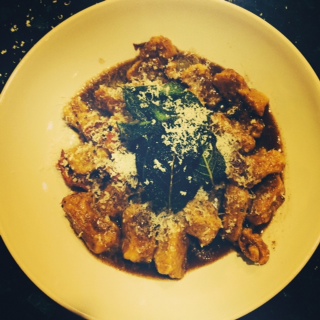
Voilà!
//

















